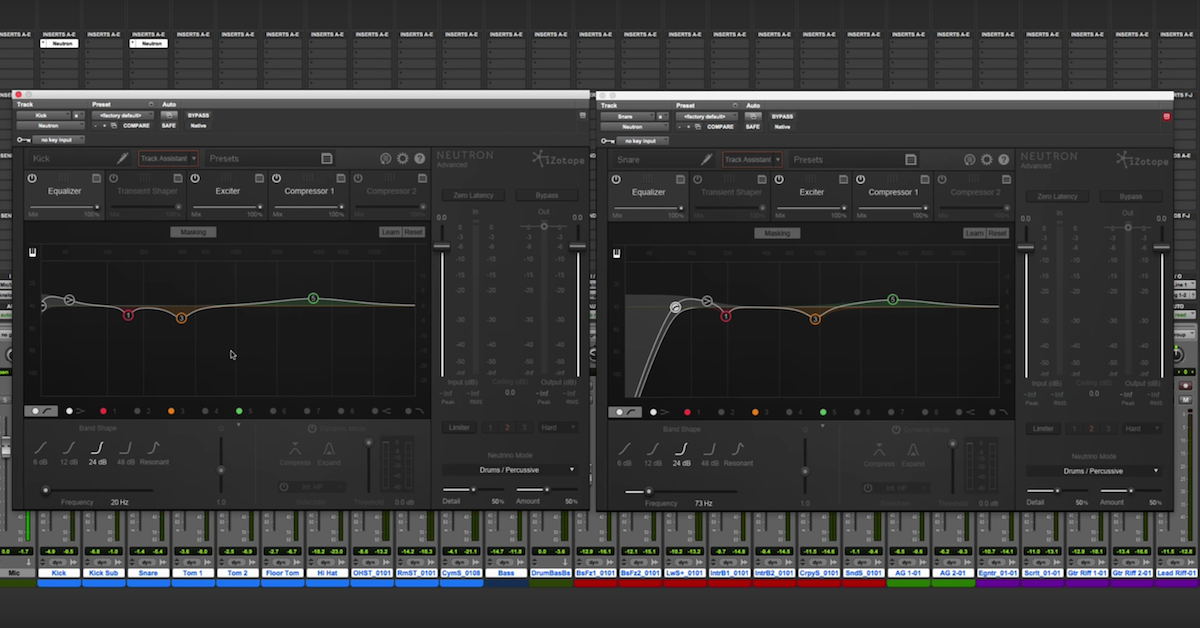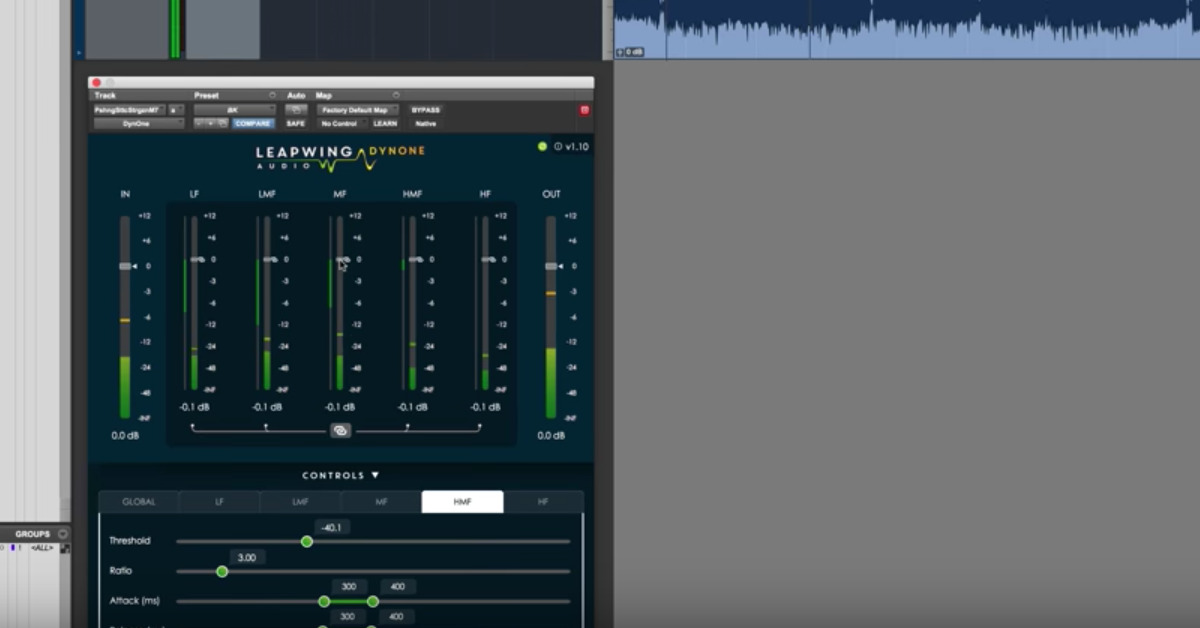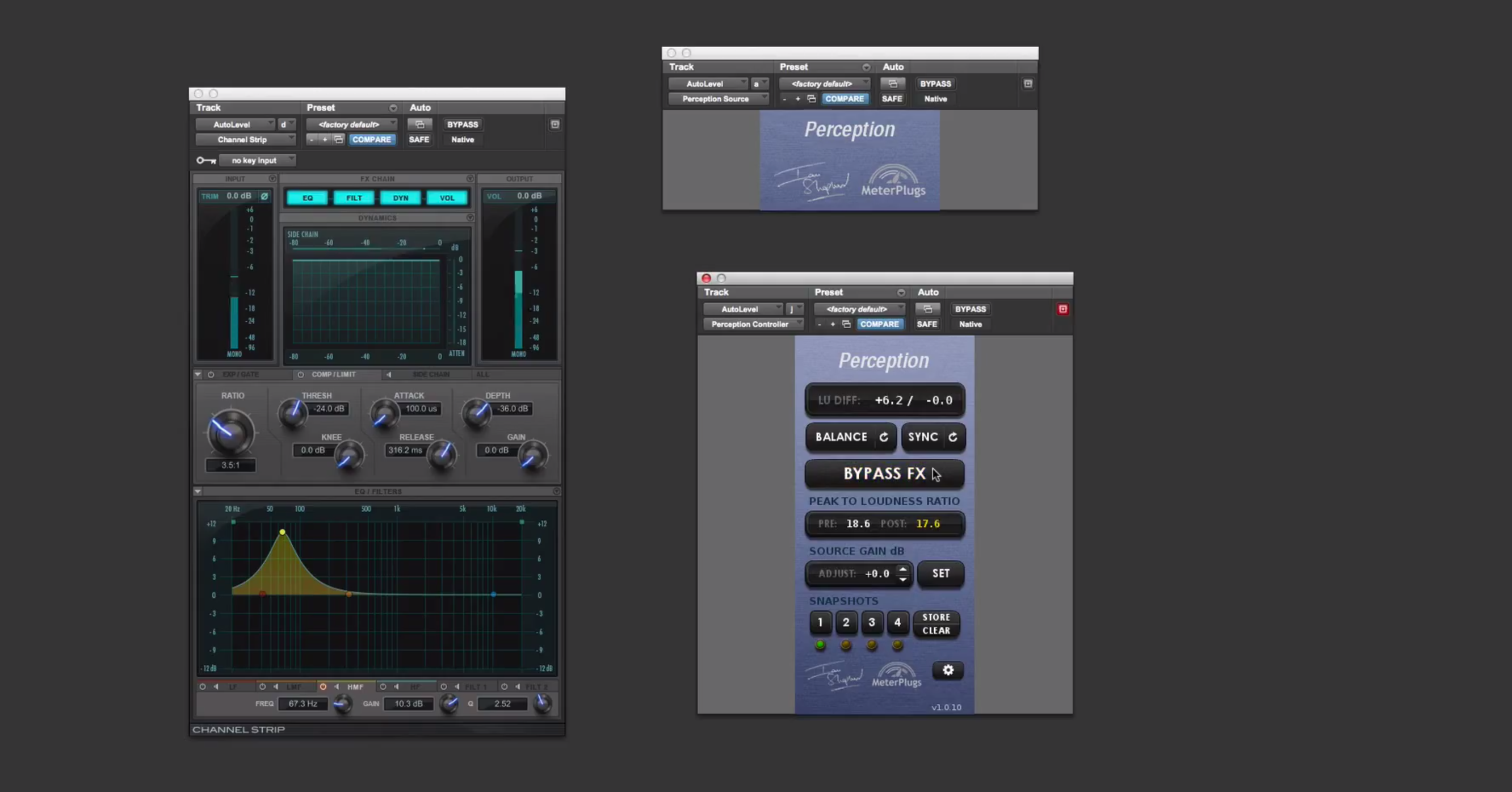Overview of the smart:EQ+ Plugin from Sonible
Working in Pro Tools today. Trying out this product from a company called Sonible. This is their smart:EQ+.
When I saw this plugin, it caught my attention, because it’s got some of these smart mixing features and functionality built into it that will analyze the incoming signal, and then automatically suggest or recommend how the signal could be processed. You’ve seen this before from other companies like iZotope’s Neutron and many other ones.
So I wanted to test this one out and see the similarities and differences and see if it’s got a spot in my workflow.
I’ll run it through it’s paces so you can make your own decision for yourself, so you can hear it and see how it works. I’ll try it out on a number of different sources in this session. Starting out with some vocals.
So before I even get to the smart mixing features, this plugin has got a decent digital EQ built into it, with high pass and low pass filters, shelving and peaking filters as well. So here is what it sounds like. The conventional EQ on the vocals.
[mix]
[vocals]
Right, so that’s the digital EQ. On its own, nothing too unique, but really where the fun comes in is when you start to activate these magic wands on different bands.
So for instance, click on this one here, and what it will do is analyze the incoming signal across the whole spectrum, and kind of perform this curve that will do some spectral balancing. So you’ve got to play it in and let it figure out what it’s going to do.
[vocals, capturing signal]
So you can see, it’s learned some way that it’s going to change things across the whole spectrum. It’s not just a very smooth EQ curve. In fact, this is a very detailed kind of analysis. A way of changing things across the whole frequency range, and as you move around this curve, you can see that it’s going to affect things across the spectrum.
So let me play it back, and you can hear what it’s doing as I change some of these parameters around.
[vocals, adjusting smart:EQ]
So you can also go the opposite direction and go negative with it. What I want you to notice is it’s really just learned kind of a curve that it can use to improve things across the whole spectrum, and then as you move the band in proximity to that, it’s going to change how much it kind of factors in that curve to it.
So you can go up here to high frequencies, and really just going from positive to negative, it inverts the curve that it’s going to apply.
[vocals]
So that’s a few things about it on the vocals. Let’s switch over then and try it out on some other instruments, like the bass guitar. So here, I’ve got it pulled up. Activate the smart feature again, and let it learn.
[bass guitar, capturing signal]
Now what you can do, a few more parameters that you can adjust is you can go in here and change the percentage amount. So I can change it to 20%, and then it reduces things kind of equivalently across the whole spectrum, or if you want to enhance things more, go up to like, 90%. A greater amount.
Then you also have smoothing in here. You can smooth things out, whether you want it to be very detailed, or whether you want it to be more gradual. This kind of reminds me of some of the matching EQ stuff from iZotope’s EQ 2 in Ozone.
So very interesting kind of thing. I’ll let you listen to a little bit more on the bass, too.
[bass guitar]
I actually really like what it’s doing there, where it’s — this resonance sounds not very good at all, so by boosting up here, it kind of scoops that out. Seems like, you know, what I might want to do anyway as an engineer.
So very fast, very quick way to do that.
Last thing is I guess I’ll show you, rather than an individual instruments, what it’s like on the mix buss as I start to adjust some of these things. So I’ll pull it up and see what kind of analysis it gives us here.
[mix, capturing signal]
So, across the whole spectrum, it’s not really giving us a whole lot, I guess, because the signal is probably very dense. It’s got a lot of harmonic content all the way up and down. There are a few things, kind of smoothing stuff out in the low frequencies if you kind of want to scoop things out, but I guess over time, it doesn’t really do much across the whole spectrum, but this might be an interesting way — if it learns some of these — the balance of your mix, you know, for high frequencies, a nice way to kind of improve some of that stuff that you might not notice or might not dial in yourself very gradual 1dB, 2dB kind of scoops at different places.
So that’s this smart:EQ+ plugin. I think it’s a very interesting approach to using an analysis to suggest spectral changes. What I’m going to do is a follow up video where I compare this one — the smart:EQ+ to iZotope’s Neutron and see what I think about using them in different places, so stay tuned for that one. I’ll catch you guys next time.






